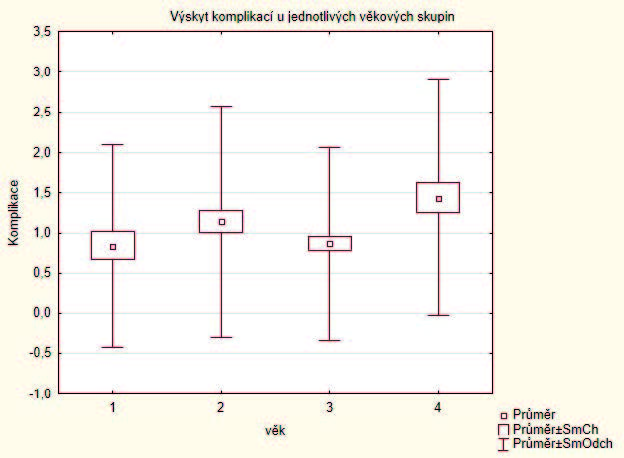Abstract
Introduction: As the population ages, there are increasing numbers of elderly patients diagnosed with operable primary pulmonary malignancy or other lesions requiring pulmonary resection. The objective of the study was to evaluate post-operative outcomes in the elderly group and compare them with younger patients undergoing the same surgery.
Methods: Retrospectively, we evaluated our own set of 424 patients undergoing anatomical pulmonary resection for primary lung cancers and other resectable lesions in 2011−2020. 328 patients underwent open procedures, and VATS lobectomy was performed 96 times. We evaluated the set of patients in terms of 30-day morbidity and mortality using Clavien-Dindo classification modified for pulmonary resections. We compared the patient subgroups by age (under 55, 55−64 years old, 65−74 years and over 75 years).
Results: A non-biometric Kruskal-Wallis test was used to compare the groups. We have not shown a statistically significant difference in the number of complications (p=0.220).
Conclusion: Standard surgical treatment for non-small cell lung carcinoma, lobectomy with systematic mediastinal lymphadenectomy, is safe also for a well-indicated group of seniors. With careful preoperative assessments and consideration of the extent of resection, we can expect a comparable rate of complications in the elderly compared to younger patients. Sublobar resection or radiotherapy should be considered in case of patients at risk. For seniors over 70 years of age, comparable outcomes of oncological treatment can be reached, taking into account their shorter life expectancy.

